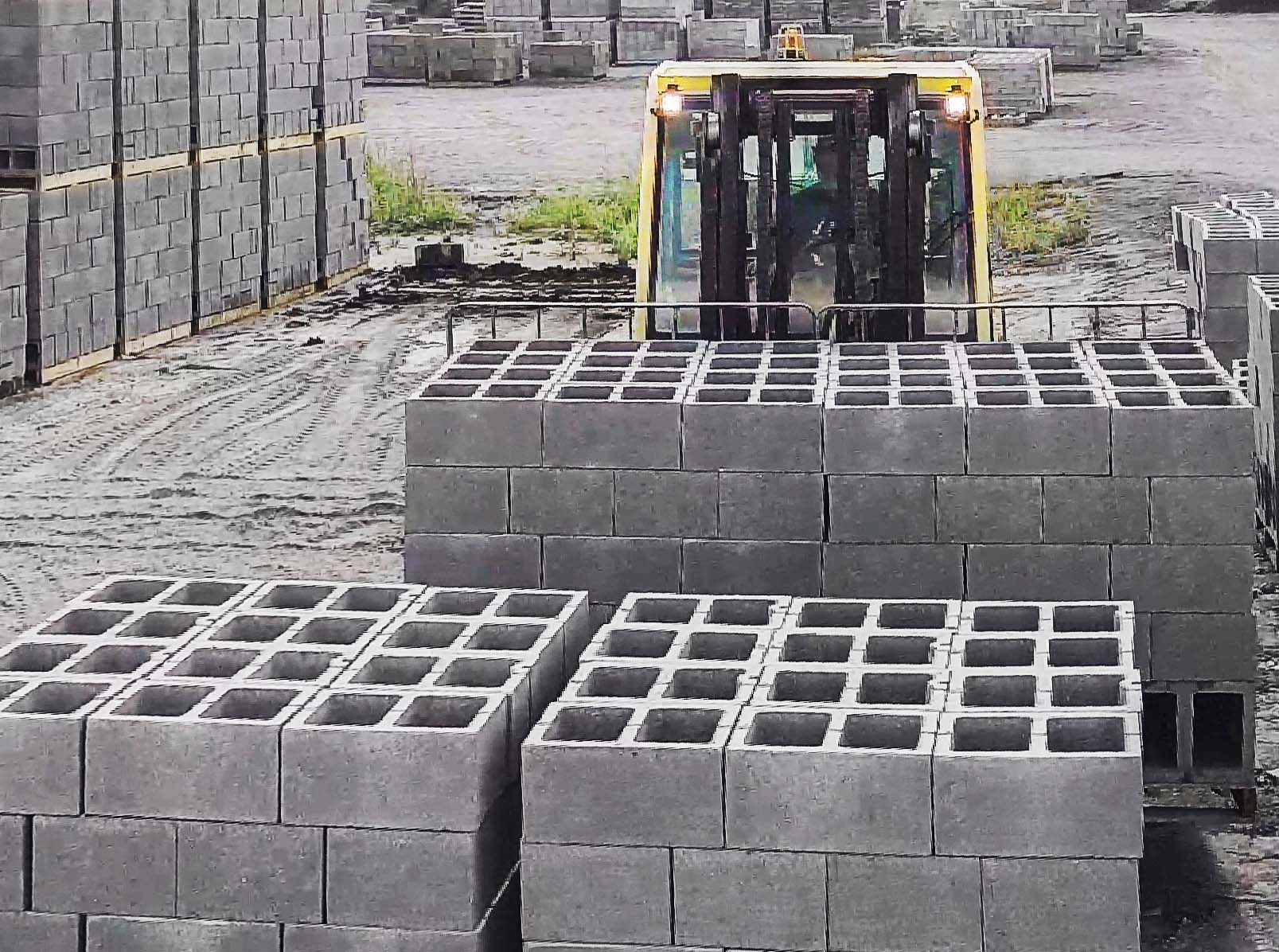CarbonBuilt-equipped block line subtracts 2,500 mt of CO2
Sources: CarbonBuilt, Los Angeles; CMCM staff
Commercial production of the world’s first ultra-low carbon concrete masonry units (CMU) is under way at Blair Block of Childersburg, Ala. plant. The operation leverages CarbonBuilt technology that reduces embodied carbon by 70-100 percent compared to traditional concrete blocks. The charter production line will avoid at least 2,000 tonnes of carbon dioxide emissions and consume 500-plus tonnes of atmospheric CO2 per year. Through process optimization and integration of additional lines, Blair Block and CarbonBuilt expect to increase the CO2 impact over time. A complete carbon accounting will be available in 2024 when the facility obtains an Environmental Product Declaration (EPD), verification of which requires one full year of operational data.

Blair Block will deliver initial CarbonBuilt CMU to C&C Masonry for use in municipal projects across the state of Alabama, led by a new firehouse in West Montgomery’s Fairview Avenue district.
The CarbonBuilt technology replaces most of the carbon dioxide-intensive portland cement typically used in CMU mixes with a proprietary alternative made from widely available, low carbon materials. They harden by chemically reacting with CO2, piped into a chamber where racks of freshly molded CMUs are cured. The process strengthens the blocks and permanently stores the CO2 in solid form.
“This is not only a milestone for CarbonBuilt and Blair Block, but also for the broader concrete and building materials industries,” says CarbonBuilt CEO Rahul Shendure. “We’ve shown that it’s possible to reduce carbon emissions from concrete production without compromising on cost or performance. We look forward to replicating this success at concrete masonry plants around the country.”
“As a family-owned business, we’re incredibly proud to be the first plant in the world to produce ultra-low carbon concrete,” adds Blair Block Vice President Matt Blair, co-owner. “We’re now able to offer customers a highly sustainable and sought-after building material while positioning our business for the future.”
Related article
Arizona producer hosts industry’s second direct air CO2 capture project